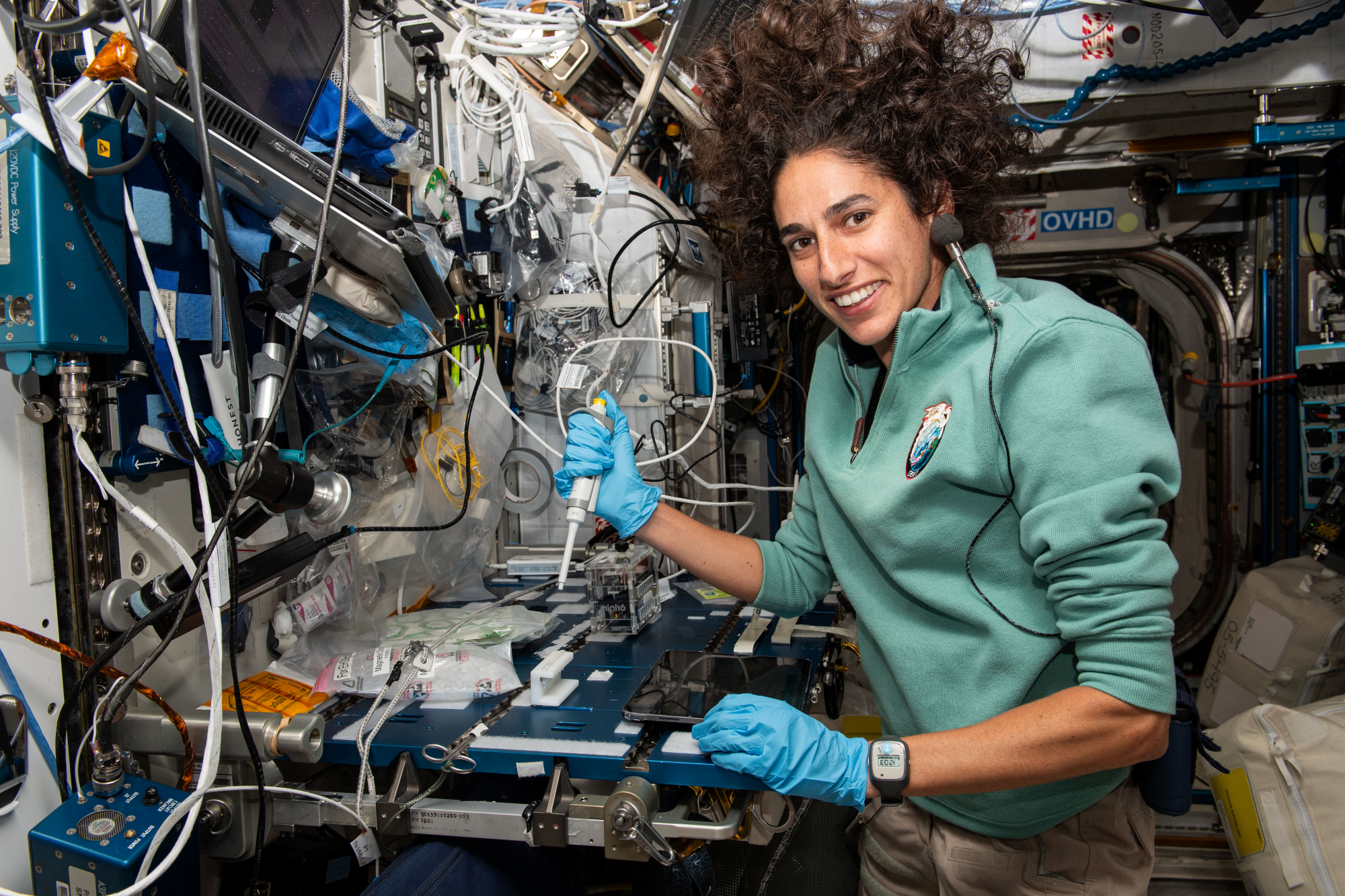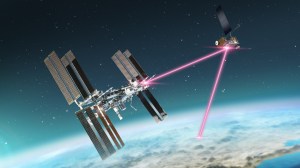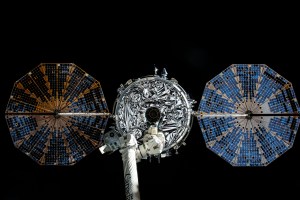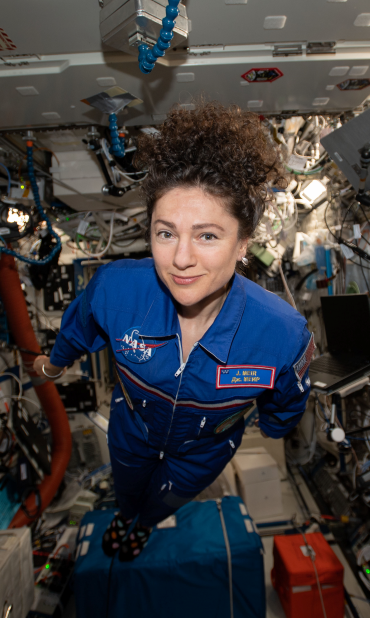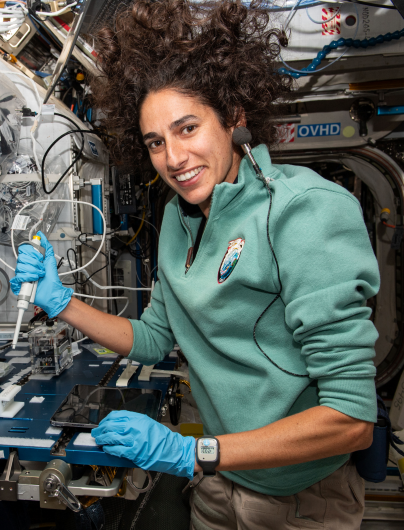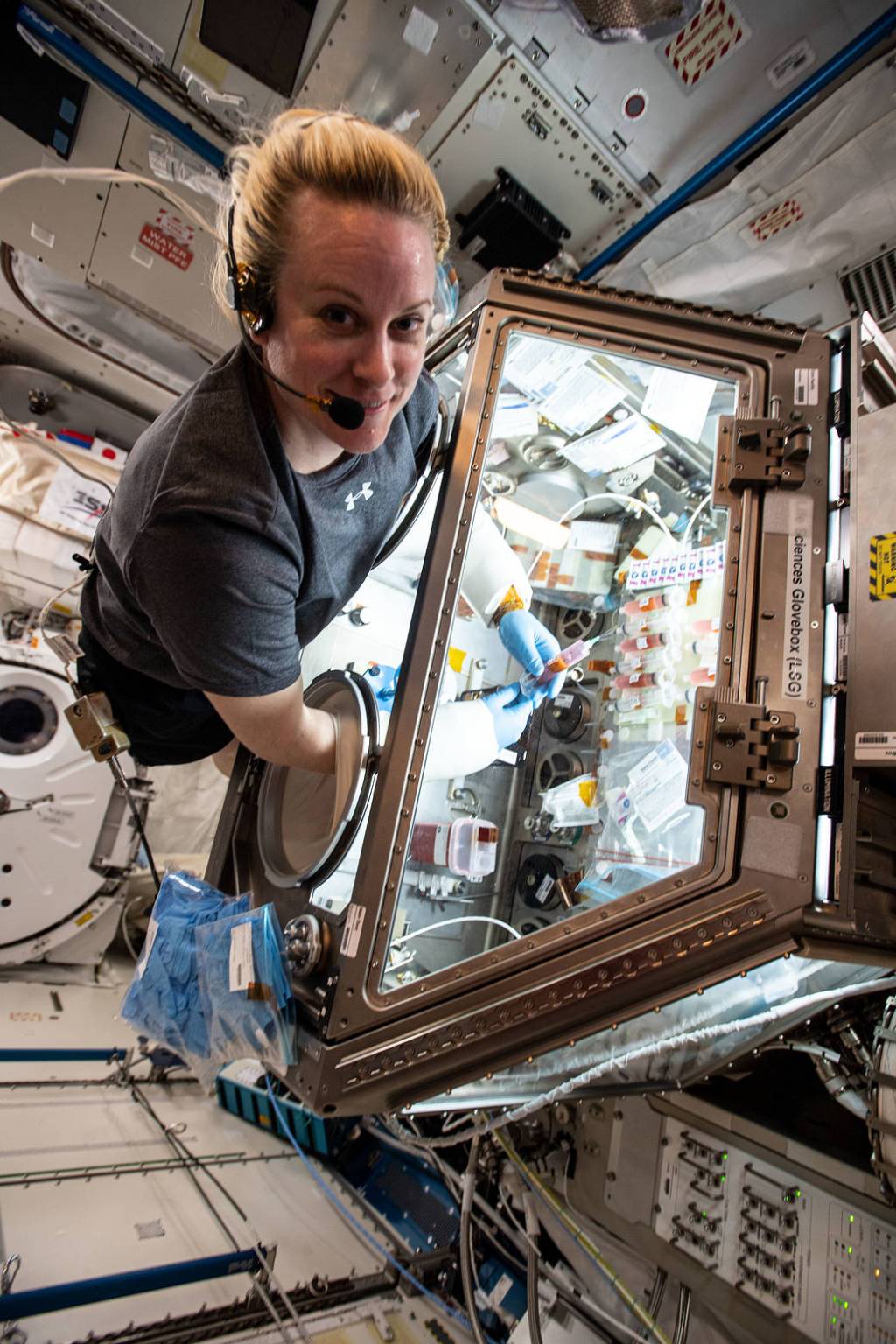NASA is funding eight new studies aimed at better understanding how the human body reacts to spaceflight. These studies will be done on Earth without the need for samples and data from astronauts.
Collectively, these studies will help measure physiological and psychological responses to physical and mental challenges that astronauts may encounter during spaceflight. With this information, NASA may be better able to mitigate risks and protect astronaut health and performance during future long-duration missions to the International Space Station, the Moon, Mars, and beyond.
The selected research projects were chosen from 60 proposals submitted in response to the 2023 Human Exploration Research Opportunities, Appendix A solicitation. They will address numerous spaceflight risks related to muscle and bone health, sex differences, crew autonomy and behavior, balance and disorientation, and inflammation of the brain or spinal cord.
Proposals were independently reviewed by subject matter experts in academia, industry, and government using a dual anonymous peer review process to assess scientific merit. Top scoring proposals were assessed by NASA for relevance to the agency’s Human Research Roadmap before final selections were made. The cumulative award totals about $1.2 million in funding, spread across the projects. Funding for each project will last up to one year.
The selected investigators and their teams are:
- Heather Allaway, Louisiana State University and A&M College, “A time course of bone microarchitectural and material property changes in male and female mice during simulated unloading and spaceflight.”
- Kelly Crowe, Xavier University, “Assessment of Sialylation in Skeletal Muscle Atrophy due to Simulated Microgravity.”
- Anthony Lau, College of New Jersey, “Effects of Acute and Protracted Proton Radiation Exposure on Bone Health.”
- Ranjana Mehta, Texas A&M Engineering Experiment Station, “Characterizing and mitigating the interactive impacts of fatigue- and altered gravity-related stressors on sensorimotor, behavioral, and operational outcomes.”
- Kathleen Mosier, Teamscape LLC, “Negotiating Crew Autonomy during Space Operations.”
- Talmo Pereira, Salk Institute for Biological Studies, “Automated deep learning for spaceflight rodent behavior quantification and health phenotyping.”
- Shubhankar Suman, Georgetown University, “Senescent cell targeting to alleviate space radiation-induced neuroinflammation.”
- Danyal Turkoglu, Ultra Safe Nuclear Corporation – Space, “Radioisotope to Enable X-Ray Based Inflight Space Radiology.”
______
NASA’s Human Research Program, or HRP, pursues the best methods and technologies to support safe, productive human space travel. Through science conducted in laboratories, ground-based analogs, and the International Space Station, HRP scrutinizes how spaceflight affects human bodies and behaviors. Such research drives HRP’s quest to innovate ways that keep astronauts healthy and mission-ready as space travel expands to the Moon, Mars, and beyond.


























